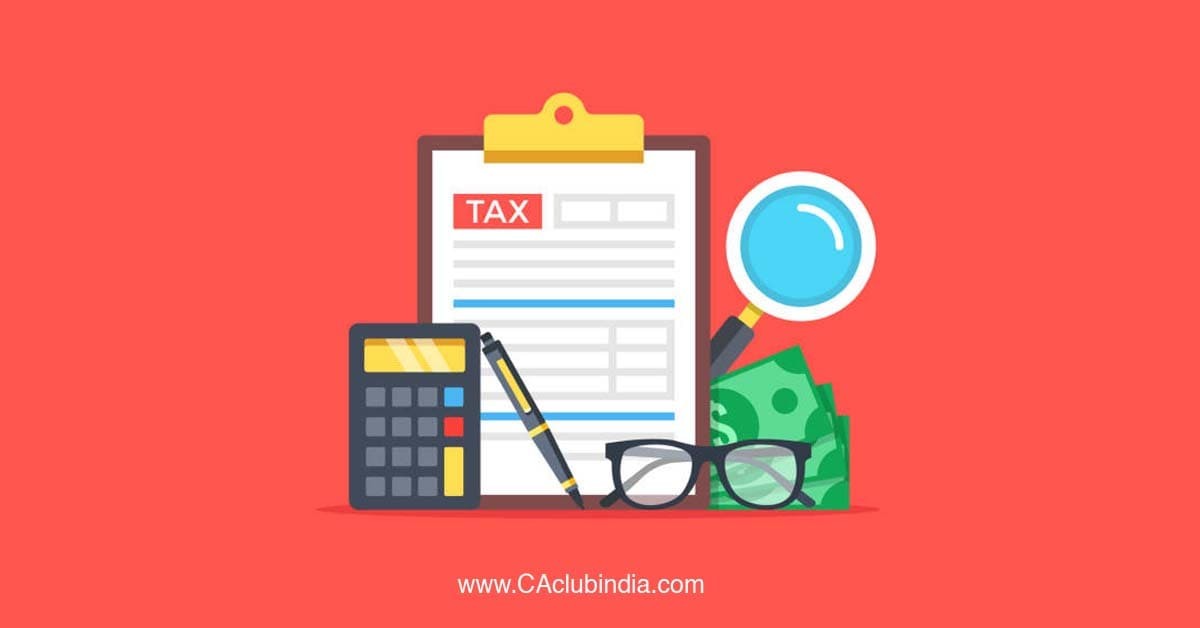Introduction
Selling a capital asset, such as a commercial property or land, often results in substantial capital gains. While exciting, these gains come with the burden of taxation. Fortunately, the Income Tax Act offers solace in the form of Section 54F, which provides an avenue for exemption on long-term capital gains arising from the sale of non-residential assets. Let's embark on a journey through this section, guided by a conversation between two friends, Aahil and Vivaan, and dive deeper with a practical example.
Aahil: Hey Vivaan, I'm planning to sell my old commercial property and was worried about the hefty capital gains tax. Is there any way to avoid it?

Vivaan: Don't fret, Aahil! Section 54F might be your saving grace. It allows exemption on long-term capital gains if you reinvest the proceeds in a new residential property within specified timeframes.
Aahil: Sounds interesting! But are there any conditions attached?
Vivaan: Absolutely! Firstly, the capital gain must arise from the sale of a long-term capital asset, held for more than 2 years in case of immovable property like land or 3 years for other assets. Secondly, the reinvestment must happen within 1 year before or 2 years after the sale for purchase, or 3 years for construction of a new residential property.
Aahil: That's manageable. What if I already own a residential property?
Vivaan: Section 54F restricts you from owning more than one residential property at the time of claiming the exemption. Additionally, you can't buy another house for 2 years (purchase) or 3 years (construction) after claiming the exemption under this section.
Aahil: Okay, Got it. But what if, incase of emergency I have to sale the New Property Purchased?
Vivaan: Well, if you sale the Property purchased within a period of three years from the date of its purchase or, as the case may be, its construction, the amount of Capital Gain which was exempted will be taxable in the year in which you sale the property.
Aahil: Okay, that makes sense. Now, suppose I sell my land for Rs. 50 lakh and invest Rs. 40 lakh in a new apartment. How much exemption would I get?
Vivaan: The exemption amount depends on Cost of New Asset purchased, if Cost of New Asset is more than the Net Consideration Amount then Entire Capital Gain will be exempted and if Cost of New Asset is Less Net Consideration then Capital Gain Amount Proportinate to Cost of New Asset to Net Consideration will be allowed as Exemption
Example: Let's consider Aahil's scenario in detail:
- Cost of land: Rs. 20 lakh
- Sale price of land: Rs. 50 lakh
- Capital gain: Rs. 30 lakh (50 lakh - 20 lakh)
- Investment in new apartment: Rs. 40 lakh
Since the invested amount (Rs. 40 lakh) is less than the capital gain (Rs. 30 lakh), Aahil gets an exemption of Rs. 26 lakh (40 Lacs / 50 Lacs x 30 Lacs) under Section 54F. This means he only has to pay tax on Rs. 6 lakh (30 lakh - 26 lakh) at the applicable capital gains tax rate.
Conclusion
Understanding Section 54F can significantly reduce your tax burden when selling non-residential assets. Remember, careful planning and adherence to the conditions are crucial to maximizing its benefits. Consult a tax advisor for personalized guidance based on your specific circumstances.
Disclaimer: This information is intended for general awareness and does not constitute tax advice. Please consult a qualified tax professional for specific guidance applicable to your situation. Indexation clause applies as per Income Tax Act.







 CAclubindia
CAclubindia
